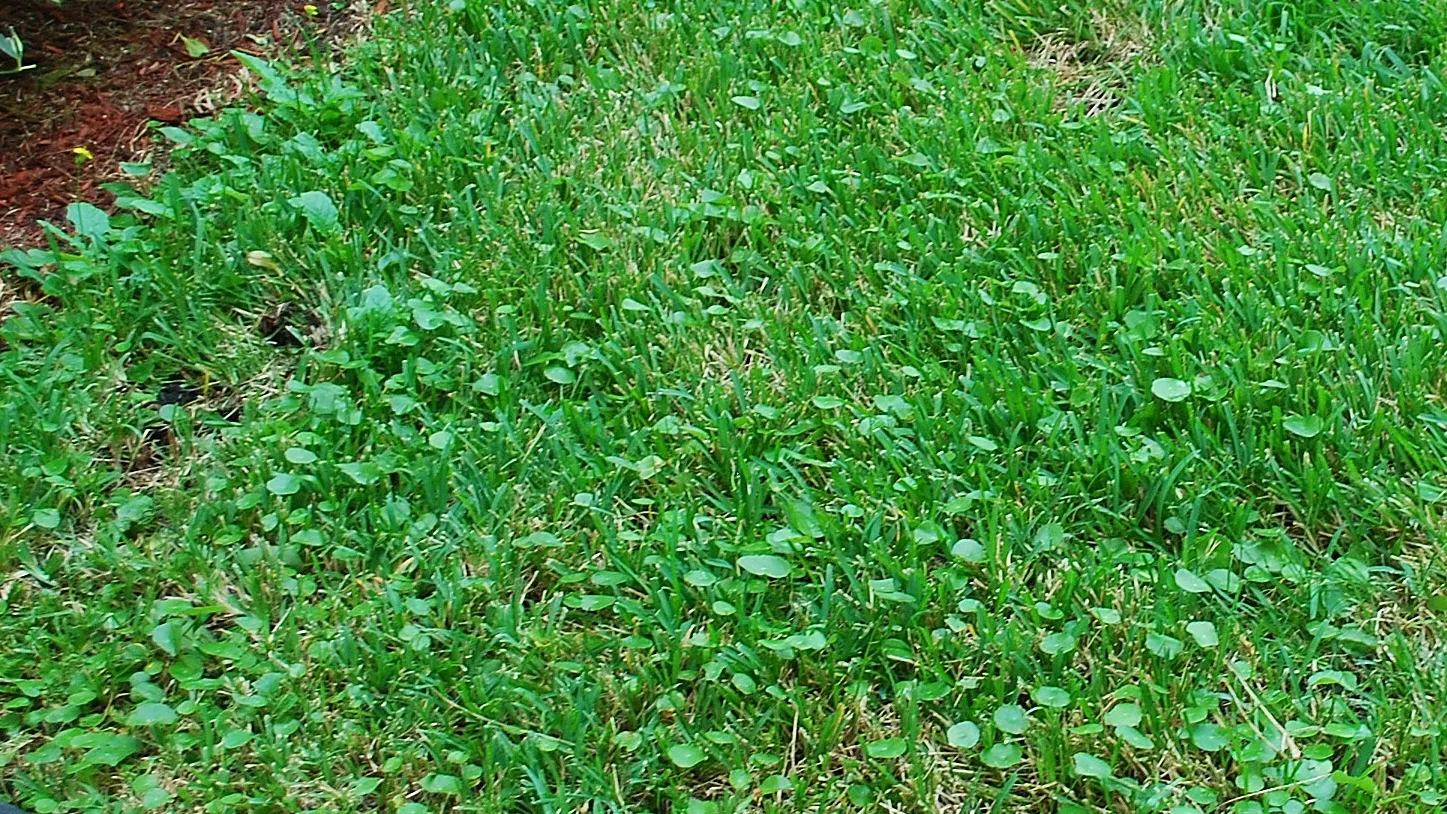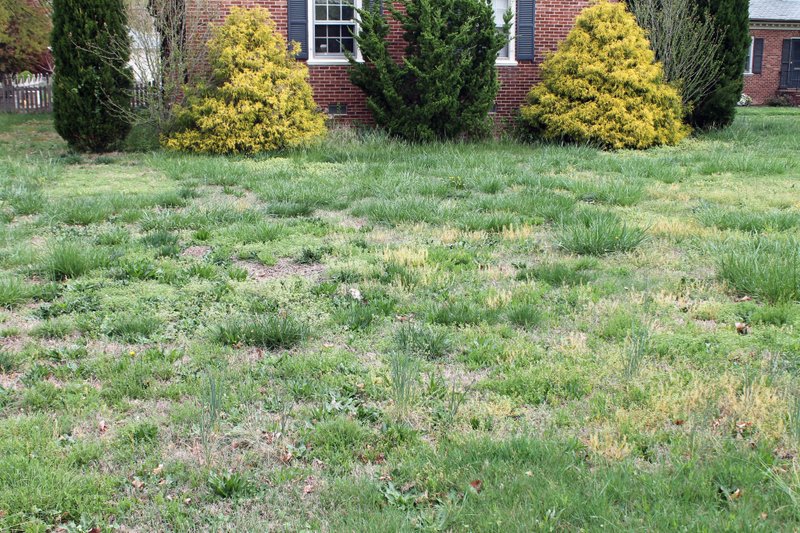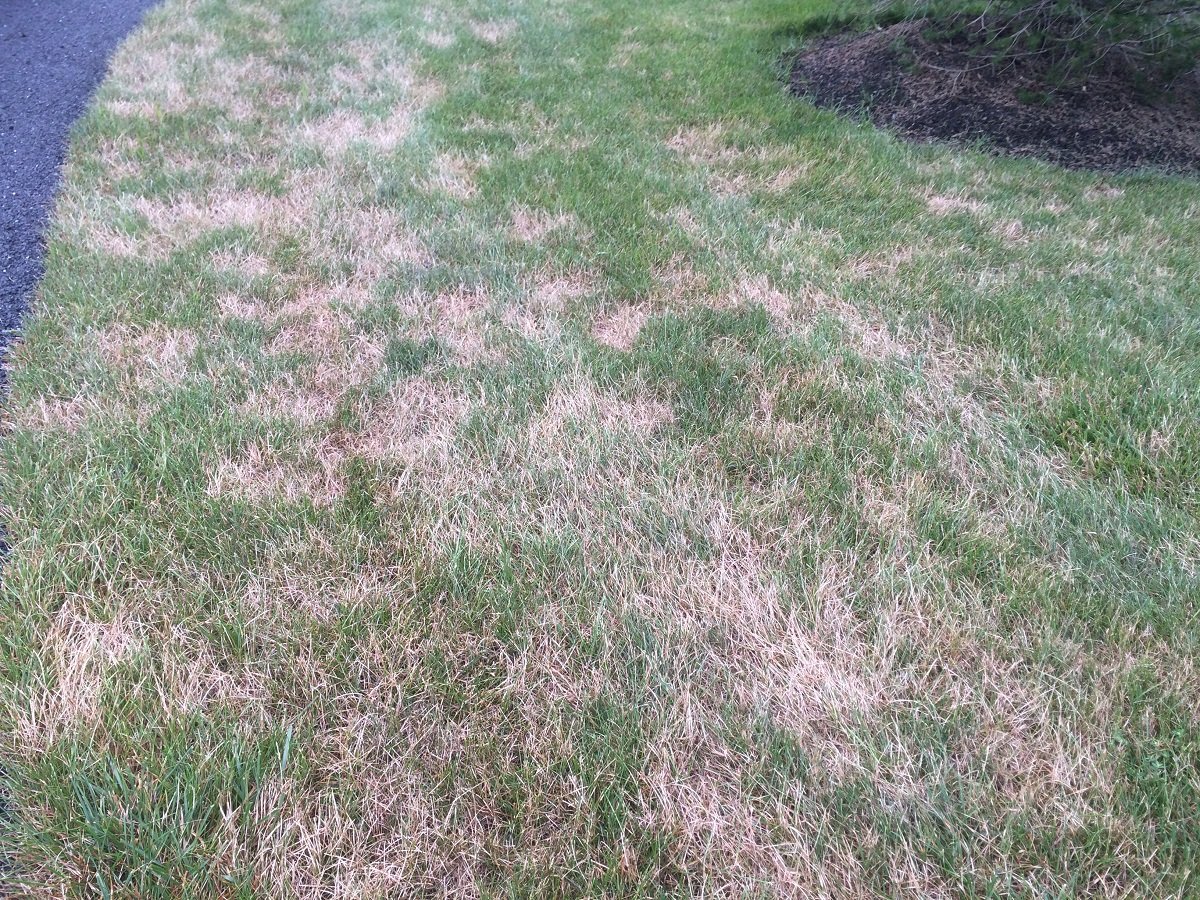Understanding Grass Weeds: The Basics
Grass weeds, often seen as unwelcome guests in lawns and gardens, are more than just a nuisance. They are plants that compete with desirable grasses for space, nutrients, water, and sunlight. Understanding these invasive species is the first step towards effective lawn management and care. Grass weeds can be annuals, biennials, or perennials, with some spreading through seeds and others through runners. Their growth patterns, resilience, and the way they affect the surrounding vegetation vary significantly.
Identifying grass weeds involves observing their leaf structure, growth habits, and sometimes, flower production. Common lawn weeds include crabgrass, dandelion, quackgrass, nutsedge, and Bermuda grass, each with distinct characteristics. For instance, crabgrass is known for its finger-like leaf blades, while dandelions are easily recognized by their yellow flowers and puffball seed heads. Understanding these differences is crucial for effective weed control.
Controlling grass weeds requires a combination of cultural, mechanical, and chemical methods. Maintaining a healthy lawn through proper mowing, watering, and fertilization can significantly reduce weed infestation. However, when weeds do appear, identifying them correctly is essential for choosing the right control strategy. Whether it’s pulling them out by hand, using targeted herbicides, or employing organic methods, the goal is to eliminate weeds without harming the desirable grass.
Ultimately, knowledge about grass weeds, their life cycles, and control methods empowers homeowners and gardeners to maintain healthier, more attractive lawns and gardens. By understanding the basics of these invasive species, you can take proactive steps to prevent their spread and ensure your outdoor spaces remain vibrant and weed-free.
The Impact of Grass Weeds on Your Lawn and Garden
Grass weeds, often dismissed as mere nuisances, wield the power to significantly alter the health and appearance of your lawn and garden. These invasive species compete aggressively with your desired plants for essential resources such as sunlight, water, and nutrients. This competition can lead to a noticeable decline in the vitality of your lawn, causing it to look patchy, discolored, and less dense. Beyond aesthetics, the presence of common lawn weeds can signal underlying issues with soil health, moisture levels, or the need for better lawn maintenance practices.
Moreover, certain invasive grass species, once established, can be incredibly challenging to eradicate. They can spread rapidly, either by seed or through their root systems, making them a persistent problem. For instance, controlling grass weeds like crabgrass or Bermuda grass requires a strategic approach, as these weeds can dominate quickly if not managed properly.
Additionally, the ecological impact of unchecked grass weed growth can be significant. Some species, such as dandelions and quackgrass, can outcompete native plants, reducing biodiversity. This not only affects the visual appeal of your garden but can also disrupt local ecosystems. Furthermore, the use of chemical solutions to combat these weeds can have unintended consequences on the environment and beneficial insects, highlighting the importance of considering organic lawn weed control methods.
Understanding the impact of grass weeds is crucial for effective lawn and garden management. By recognizing the challenges posed by these invasive species, homeowners can take proactive steps towards maintaining a healthy, vibrant outdoor space. Whether through organic methods, chemical solutions, or preventative measures, the goal remains the same: to control grass weed identification and growth for the betterment of your lawn and garden.

Type 1: Crabgrass – Identification and Control Strategies
Crabgrass is a common lawn weed that can quickly become a nuisance in your garden or lawn due to its rapid growth and spread. Identifying crabgrass is the first step towards effective control. This grass weed is characterized by its light green color, coarse texture, and the crab-like shape of its growth pattern, spreading out from a central root. It thrives in hot, dry conditions and can easily invade lawns that are under-watered, mowed too short, or have thin turf.
Control strategies for crabgrass need to be both preventive and active. Pre-emergent herbicides are most effective when applied in early spring before the crabgrass seeds germinate. Timing is crucial, as these herbicides won’t kill crabgrass once it has started growing. For lawns already infested with crabgrass, post-emergent herbicides can be applied directly to the weeds. It’s important to follow the product’s instructions closely to avoid harming your lawn.
In addition to chemical controls, cultural practices play a significant role in managing crabgrass. Maintaining a healthy, dense lawn is the best defense against this invasive weed. Regular watering, proper fertilization, and mowing your lawn at the recommended height can significantly reduce the occurrence of crabgrass. Overseeding bare spots in the lawn can also help prevent crabgrass by not giving it space to grow.
Ultimately, controlling crabgrass requires a combination of timely chemical application and diligent lawn care practices. By understanding how to identify and manage this common lawn weed, you can keep your garden or lawn looking its best.
Type 2: Dandelion – How to Recognize and Eliminate
The dandelion, a common lawn weed, is easily recognizable by its bright yellow flowers and fluffy, white seed heads that children love to blow on to make a wish. Despite its seemingly innocent appearance, dandelions can be quite invasive, taking over lawns and gardens if not properly managed. This section will guide you through identifying and eliminating dandelions from your outdoor spaces.
Identification is the first step in controlling dandelions. These weeds feature a rosette of jagged, green leaves from which stems emerge, each topped with a single yellow flower. After flowering, the dandelion’s seed head forms, which can disperse hundreds of seeds across your lawn with the help of a little wind. Dandelions thrive in full sunlight but can also tolerate partial shade, making them a versatile adversary.
To eliminate dandelions, several methods can be employed. Mechanical removal, such as digging them out with a dandelion fork or similar tool, is effective but labor-intensive. It’s crucial to remove the entire root, which can extend several inches into the soil, to prevent regrowth. For a less laborious approach, consider organic solutions like vinegar-based herbicides or boiling water, which can kill dandelions without harming the environment. However, these methods may require multiple applications to be fully effective.
For those preferring chemical solutions, selective herbicides designed to target broadleaf weeds like dandelions can be used. These herbicides spare the grass but kill the dandelions when applied correctly. Always follow the manufacturer’s instructions to avoid damaging your lawn.
Ultimately, maintaining a healthy, dense lawn is the best defense against dandelions and other common lawn weeds. Regular mowing, watering, and fertilizing can discourage weed growth by leaving little room for them to establish.

Type 3: Quackgrass – Spotting and Managing This Weed
Quackgrass (Elymus repens) is a common lawn weed that can be a significant nuisance in gardens and lawns. Recognizing quackgrass is the first step towards effective management. This invasive grass species is characterized by its broad, flat blades and a distinctive creeping rhizome system that makes it particularly hardy and difficult to control once established. The leaves are rough to the touch, and the plant can grow up to 3 feet tall, often standing out among other grasses and garden plants.
Controlling quackgrass requires a combination of mechanical and chemical methods. Early detection is crucial; smaller infestations can be managed by digging out the plants, ensuring that all rhizomes are removed from the soil. This task is labor-intensive and must be done with care to avoid breaking the rhizomes, as even small fragments can regrow into new plants. For larger infestations, chemical solutions may be necessary. Selective herbicides that target grassy weeds can be effective, but application should be done carefully to avoid damage to desirable plants and grasses. Always follow the manufacturer’s instructions when using herbicides.
Preventative measures are also important in managing quackgrass. Maintaining a healthy, dense lawn can discourage quackgrass growth by reducing the space available for weed establishment. Regular mowing, proper fertilization, and adequate watering are key components of a healthy lawn that can resist quackgrass invasion. Additionally, consider using landscape fabric or mulch in garden beds to prevent quackgrass seeds from germinating.
Ultimately, controlling quackgrass is about persistence. Regular monitoring of your lawn and garden, combined with prompt action at the first sign of quackgrass, can help keep this invasive grass species at bay, ensuring a healthier and more attractive outdoor space.
Type 4: Nutsedge – Tips for Identification and Eradication
Nutsedge, often mistaken for common grassy weeds, poses a unique challenge in lawn and garden management. This invasive grass species thrives in wet, poorly drained soils, quickly overtaking desirable vegetation with its rapid growth and resilience. Identifying nutsedge is crucial for effective control. It features a V-shaped stem, with leaves that are thicker and stiffer than most grasses, and it grows at a noticeably faster rate. The presence of nutsedge often indicates overwatering or poor drainage, conditions that favor its spread.
Controlling grass weeds like nutsedge requires a multifaceted approach. Firstly, improving drainage and avoiding overwatering can create less favorable conditions for its growth. For small infestations, hand-pulling can be effective, though it’s essential to remove the entire root system to prevent regrowth. This task is made challenging by the weed’s tuberous roots, which can give rise to new plants if left in the soil.
For larger infestations, chemical solutions may be necessary. Selective herbicides that target sedges without harming grass can be effective, but they must be applied with care to avoid damage to desirable plants. Always follow the manufacturer’s instructions when using chemical treatments. Additionally, maintaining a healthy, dense lawn through proper fertilization, mowing, and watering practices can help suppress nutsedge by reducing the space available for it to grow.
Ultimately, the key to managing nutsedge and other common lawn weeds lies in consistent lawn care and early intervention. By recognizing the signs of invasive grass species and implementing both cultural and chemical control methods as needed, homeowners can maintain a healthy, weed-free lawn.

Type 5: Bermuda Grass – Controlling This Invasive Species
Bermuda grass, often celebrated for its resilience and rapid growth in warm climates, can quickly become an invasive nuisance in lawns and gardens where it’s not wanted. This grass species, characterized by its fine texture and deep green color, thrives in full sun and high temperatures, making it a common choice for sports fields and golf courses. However, its aggressive nature means it can easily overtake other grasses and plants, leading to a monoculture that lacks biodiversity.
Controlling Bermuda grass requires a multifaceted approach. Firstly, physical removal can be effective but labor-intensive. This involves digging out the grass, ensuring that all roots and rhizomes are removed to prevent regrowth. For larger areas, solarization, a process of covering the area with a clear plastic sheet to trap heat and kill the grass, can be an option during the hottest months.
For those seeking chemical solutions, selective herbicides that target Bermuda grass without harming other plants can be applied. However, these chemicals require careful handling and application according to the manufacturer’s instructions to avoid damage to desirable plants and to minimize environmental impact.
Preventative measures are also crucial in controlling Bermuda grass. Maintaining a healthy, dense lawn of the desired grass species can help prevent Bermuda grass from establishing. This includes regular mowing, fertilizing, and watering practices that favor the growth of the preferred grass over the invasive Bermuda grass.
Ultimately, controlling Bermuda grass in your lawn or garden requires patience, persistence, and a combination of physical, chemical, and preventative strategies. By understanding the growth habits and requirements of Bermuda grass, homeowners can develop a targeted approach to manage this invasive species and maintain a healthy, diverse lawn or garden.
Organic Weed Control Methods for a Healthier Lawn
Embracing organic weed control methods not only contributes to a healthier lawn but also benefits the environment by reducing the use of chemical herbicides. One effective strategy is maintaining a dense and healthy grass cover, which naturally suppresses weed growth by limiting the space and resources available for weed seeds to germinate and thrive. Regular mowing at the correct height is crucial; it encourages grass density and prevents weeds from getting the sunlight they need to grow.
Another organic method involves the use of corn gluten meal, a natural pre-emergent weed suppressant. Applying corn gluten meal in early spring can prevent the germination of common lawn weeds seeds, including crabgrass and dandelions, without harming your existing lawn or garden plants. Additionally, aerating your lawn can improve water and nutrient flow to the grass roots, helping your lawn outcompete weeds for resources.
Organic mulches are also highly effective in garden beds. They not only suppress weeds but also retain soil moisture and add organic matter to the soil as they decompose. For best results, apply a thick layer of organic mulch, such as wood chips or straw, around your plants. This barrier makes it difficult for weed seeds to reach the soil and for germinated seeds to break through to the surface.
Finally, hand pulling or using a hoe to remove weeds is a time-tested method. While it may be labor-intensive, removing weeds before they have a chance to seed will significantly reduce future weed problems. For the best results, weed when the soil is moist, and ensure you remove the entire root system to prevent regrowth.
By implementing these organic lawn care strategies, you can achieve a lush, healthy lawn while minimizing your environmental impact. Remember, the key to effective weed control is consistency and persistence.
Chemical Solutions: When and How to Use Them Safely
When organic methods fall short in controlling grass weeds, chemical solutions often become the next line of defense. However, the use of chemical herbicides requires careful consideration and adherence to safety protocols to ensure effective weed control without harming the environment or your health. Before applying any chemical solution, it’s crucial to identify the specific type of grass weed you’re dealing with. This precision ensures the use of the most appropriate and effective herbicide.
Pre-emergent herbicides are best used as a preventative measure, targeting weed seeds before they germinate. This type of chemical solution is ideal for early spring or fall application, depending on the life cycle of the target weed. On the other hand, post-emergent herbicides are designed to tackle existing weeds. They can be selective, targeting only certain types of weeds while sparing the surrounding grass, or non-selective, eliminating all vegetation they come into contact with.
When using chemical herbicides, always read and follow the label instructions meticulously. This includes wearing protective gear, such as gloves and masks, to avoid direct exposure to the chemicals. Timing is also critical; applying herbicides during calm, dry weather minimizes the risk of drift and ensures the chemical stays where it’s needed. Additionally, consider the environmental impact of your actions. Avoid application near water sources to prevent contamination and be mindful of beneficial insects and wildlife.
Ultimately, while chemical solutions can be highly effective in controlling grass weeds, they should be used judiciously and as part of a broader lawn care strategy that includes cultural practices like proper mowing, watering, and fertilization. By combining these methods, you can maintain a healthy, weed-free lawn while minimizing the need for chemical interventions.
Preventative Measures to Keep Your Lawn Weed-Free
Keeping your lawn weed-free is not only about dealing with weeds after they appear but also about taking proactive steps to prevent their emergence in the first place. Understanding and implementing effective preventative measures can save you time and effort in maintaining a healthy, vibrant lawn. One of the most fundamental strategies is to maintain a dense and vigorously growing lawn. Grass weeds find it challenging to establish themselves in well-maintained turf. Regular mowing, at a height appropriate for your grass type, encourages dense growth and reduces the light available to weed seedlings, inhibiting their development.
Another critical aspect of prevention is soil health. Conducting a soil test can provide valuable insights into your soil’s needs, allowing you to amend it accordingly with the right balance of nutrients. Healthy soil supports robust lawn growth, making it less inviting for weeds. Additionally, overseeding bare spots or thin areas in your lawn can prevent weeds from taking hold by filling in gaps where they might otherwise sprout.
Watering practices also play a significant role in preventing grass weeds. Deep, infrequent watering encourages deep root growth in desirable lawn grasses, making them more drought-resistant and competitive against weeds. Conversely, shallow, frequent watering benefits weed seed germination and growth.
Finally, consider the use of pre-emergent herbicides as part of your lawn care routine. Applied in early spring, these products can prevent the germination of common lawn weeds, including many invasive grass species. However, it’s essential to select a product suitable for your specific lawn type and to follow the application instructions carefully to avoid harming your grass.
By integrating these preventative measures into your lawn care practices, you can significantly reduce the presence of grass weeds and maintain a healthier, more attractive lawn.
